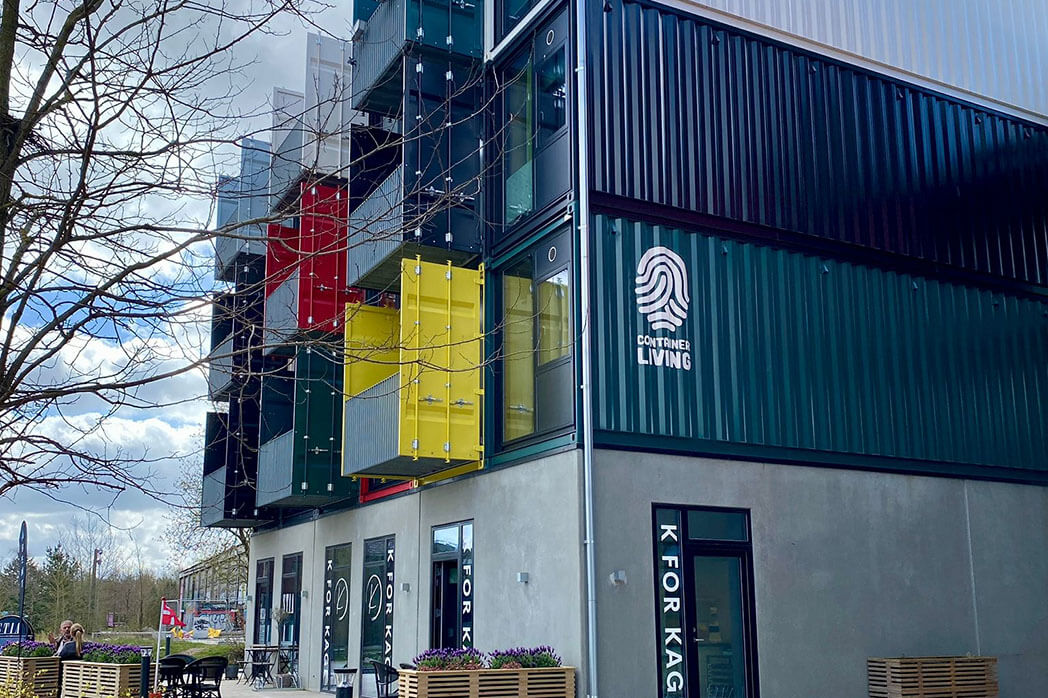03 November 2021
Opening Statement from the Business Council of Co-operative and Mutuals to a public hearing of the Inquiry into Housing Affordability and Supply in Australia, House of Representatives Standing Committee on Tax and Revenue
Thank you for the opportunity to appear at this public hearing of the Standing Committee on Tax and Revenue’s inquiry into housing affordability and supply in Australia.
With dramatic rises in house prices across the country, as starkly documented on Four Corners earlier this week, this inquiry is becoming more important day by day.
The Business Council of Co-operatives and Mutuals is the peak body for member-owned businesses across all sectors. Eight in 10 Australians are members of a co-op or mutual. This includes the millions of customer-members of mutual banks and credit unions, the thousands of resident-members in housing co-operatives and the thousands of small businesses in the building trades that are members of co-operative buying groups.
Co-operatives can provide an innovative model of housing development that is non-speculative and market-based.
In many jurisdictions, co-operatives are a significant percentage of total housing stock and the co-operative sector is an important non-speculative developer of new housing stock.
In Sweden, 22% of housing stock is co-operative and is largely private market-based. The housing co-operative sector has a range of institutions focused on supporting existing co-operatives and developing new housing stock on a not-for-profit basis.
In Norway, 15% of housing stock is co-operative. Co-operative federations that serve the sector put all surpluses back into new housing co-operative developments.
In Austria, 18% of housing stock is through co-operatives. Both rental and limited equity models are used. Austrian housing policy is supply-focused, with new co-operative housing construction largely driven through public financing mechanisms.
There are nascent models of co-operative and collaborative non-speculative property development emerging in Australia.
One example is Property Collectives.
In this model a group of future owners work together in a joint venture to develop their apartment block on a not-for-profit basis. The key benefit for participants is a 10 to 15% reduction in cost of their unit.
Property Collectives is now working with BCCM member Common Equity Housing Limited on models that will involve ongoing affordable housing and co-operative housing tenure, where Common Equity can support the underwriting of the collective by taking on a number of member collective (joint venture) allocations.
With scale, this model would not only benefit individual participants but could begin to bring some market discipline to bear on for-profit developers and increase the diversity in our housing stock.
One way government could support the growth of the innovative model, working with the existing network of not-for-profit co-operative housing developers like Common Equity Housing Limited, would be to provide guarantees through an appropriate body like NHFIC.
This is not a wholly new idea. Through the period of increasing home ownership after World War Two, governments encouraged Australians to work together in various forms of building societies to fund home purchase by providing guarantees.
We need to consider new policy levers, because those employed over the past 30 years are clearly not working for many Australians. One of those levers that is usually overlooked is encouraging innovation in housing development models.
The Australian co-operative and mutual sector is ready to work with government to achieve this.
Thank you.
ENDS
Read the BCCM’s previous housing submissions.
For more information, please contact Anthony Taylor or Melina Morrison.


